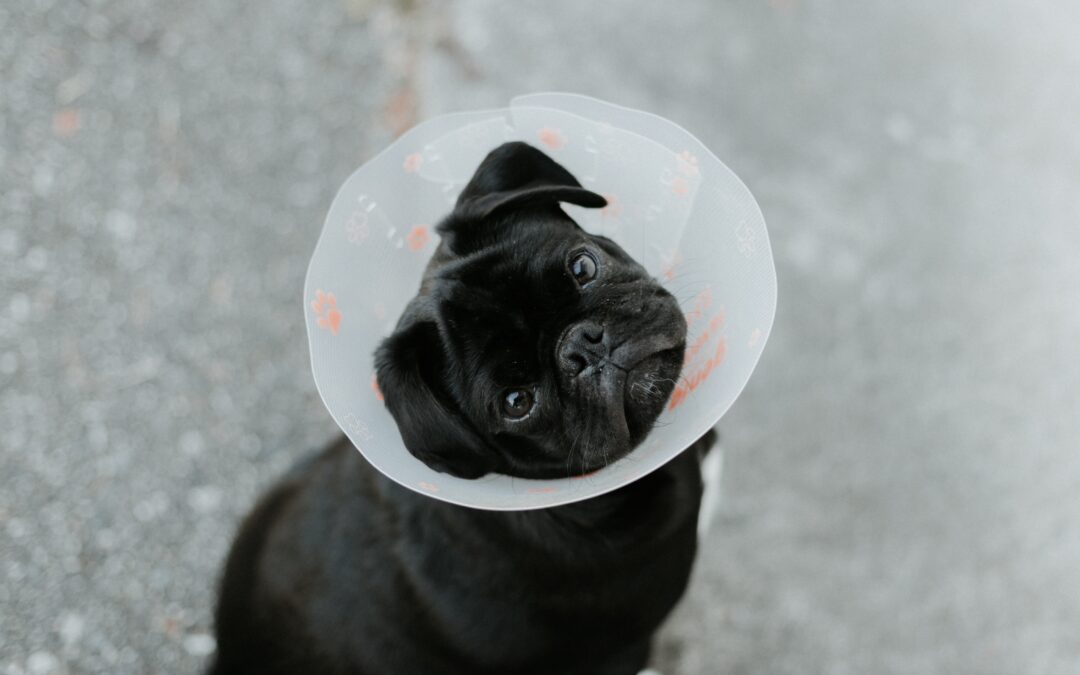Get Your Furry Friend Back on Its Feet with Post-Surgery Care
Recovering from an orthopedic surgery—or any surgical procedure for that matter—is a major milestone in your pet’s life, and can limit their daily function long after they’re discharged. To get your furry friend back on their paws more quickly and easily, consider utilizing the following recovery tips.
#1: Restrict your pet’s activity
After surgery, your pet may be feeling well enough to take part in their usual activities; however, it is essential that they remain as calm and quiet as possible. Keep them on a leash when you go out for walks together, and don’t let them stray too far from home. Don’t forget to bring them back inside quickly after potty breaks – try confining the furry one-time adventurer in a secure kennel or room until full recovery has been achieved!
#2: Assist your pet in walking
If your beloved pet is having trouble standing, walking, or even lying down on their own, you may need to consider getting them a mobility aid. Slings and other products are available that can help with these tasks so that they do not injure themselves in the process. These devices also make it easier for them to urinate and defecate when necessary.
#3: Monitor the incision site
To ensure your pet’s healing process is going smoothly, inspect the incision area multiple times daily for any inflammation, swelling or other discharge. Follow your vet’s guidelines carefully and keep the region clean and dry at all times to guarantee optimal recovery results.
#4: Apply heat and ice packs
To reduce soreness, swelling, and encourage healing; heat and ice treatments can be immensely helpful. In general, an ice pack should be applied within the first three days after surgery for optimum results. Then a heating pad may take its place when necessary. Remember to always incorporate a towel between your pet’s skin and either treatment in order to prevent any harm from occurring – don’t forget to consult with your veterinarian before starting!
#5: Administer medication
After your pet has undergone surgery, administer their medication as instructed. Even if they appear to have recovered quickly, continue providing the medicine prescribed by the vet. In case of any adverse effects such as vomiting, diarrhea, loss of appetite, or excessive sedation–alert your veterinarian right away!
#6: Employ rehabilitative therapies
Postoperative rehabilitation hugely helps pets who have gone through orthopedic surgery. There are a number of therapies that can help your pet gain back mobility and muscle mass faster – including physical therapy, massage, acupuncture, and hydrotherapy. With the correct care plan in place for your beloved animal companion after their operation, you can rest assured they will soon be on the path to recovery!
- Laser therapy
- Hydrotherapy (i.e., underwater treadmill)
- Therapeutic massage
- Passive range-of-motion exercises
- Therapeutic ultrasound
- Acupuncture
- Chiropractic care

